“Overhyped”, “boring” and “cheesy” are among the words US travel writer Cameron Hewitt had to describe his recent visit to Loch Ness.
Posting on his Facebook page, Mr Hewitt started his review bluntly: “I hate Loch Ness. There, I said it.”
The writer drove from Skye to Inverness along the banks of the loch during a recent trip to Scotland and had a lot to say about it.
He summarised the loch, which is nearly 23 miles long, as “simply a long, narrow lake with a string of cheesy roadside attractions, and a not-very-dramatic mountains on the far side.”
In his opinion, the “little stretch of nothingness” is taking the attention away from other landmarks in the Highlands and the wider north and north-east, such as Culloden Battlefield, Dunnottar Castle and the many distilleries.
Mr Hewitt did say Urquart Castle was a “saving grace” on the loch, but added it was ultimately one small section of a “massive waste of your precious vacation time and money.”
Poor Nessie
Not only did Mr Hewitt hit out at the body of water itself, but of the icon said to live deep within it.
While he admitted there are cliches in travel that can unlock deep cultural insights, he said Nessie was not one of them.
“There is no Loch Ness Monster…period,” he said.
“It does not exist. Never has. It’s just empty hype, invented in the 1930s, kept alive by hoax after hoax, seemingly for no other reason than to get people excited about a little stretch of the nothingness contained within the Scottish interior.”
He suggested Nessie was created to make people to spend time and money in the area.
How do you feel about Loch Ness?
In light of Mr Hewitt’s review, Visit Inverness Loch Ness has urged the public to share their own, hopefully more positive, opinions about the loch.
Chief executive Michael Golding said: “Loch Ness remains one of the most popular tourist destinations in the world, with 1.6 million people visiting the area each year.
“Just this week, Loch Ness featured in the top 20 most Instagrammable locations in the UK outside London, rail passengers with LNER last year named Loch Ness as the most picturesque view in the UK and Time Out also named Inverness as one of the top 16 city breaks in Europe earlier this month.
“People want to come here because the scenery is stunning, you get a warm Highland welcome from people who love living here and yes, if you’re lucky, you might catch sight of Nessie or something you can’t explain.
“The mystery surrounding the Loch Ness Monster is special, whether you choose to believe it or not, but you can certainly have a lot of fun trying to find her and hearing some great stories from those who believe they have.
“I’d encourage anyone to visit Inverness and Loch Ness and decide for themselves.”
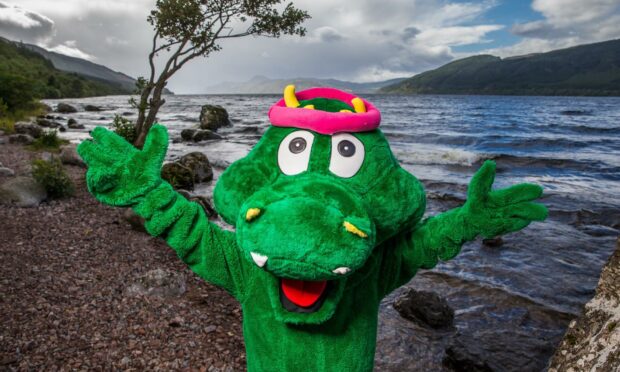
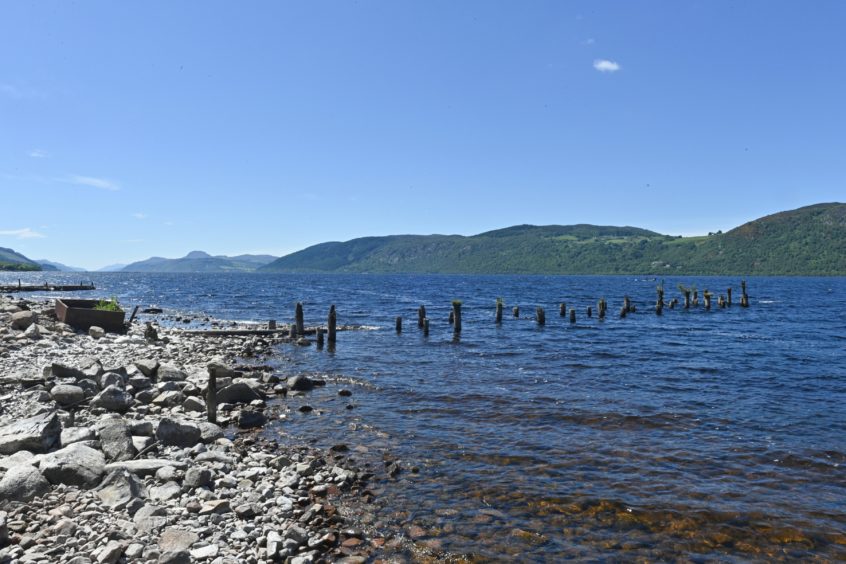

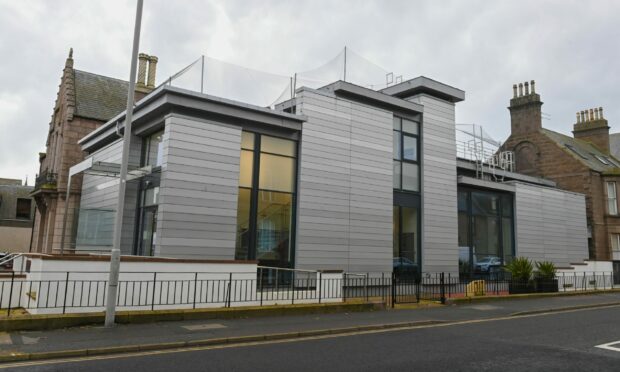

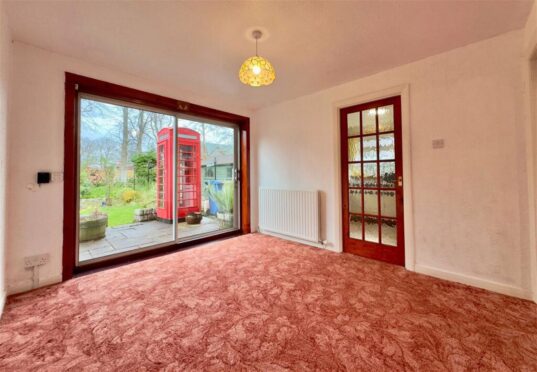
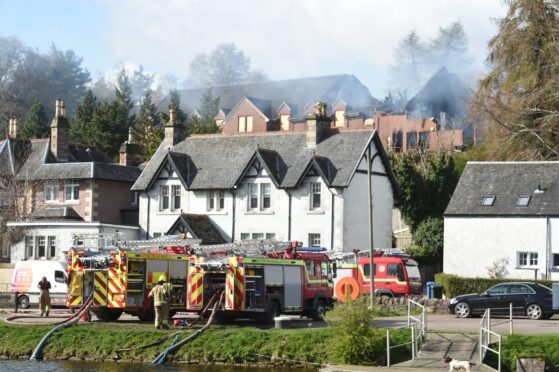
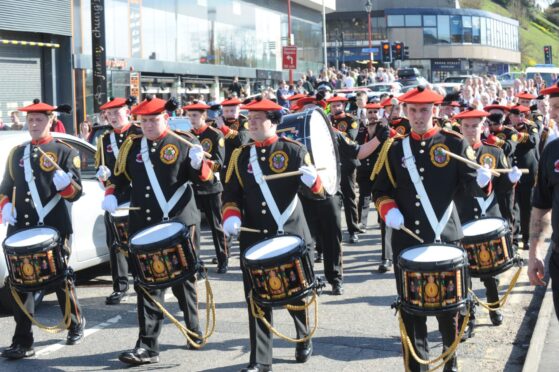


Conversation